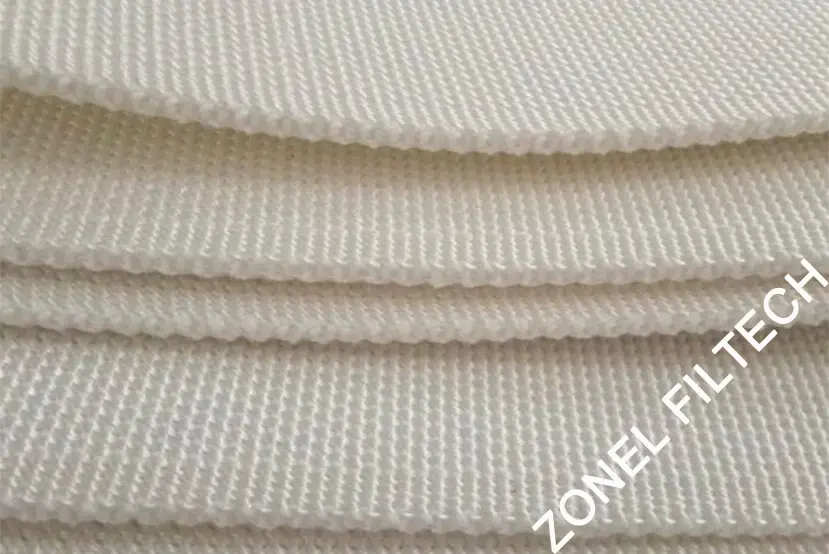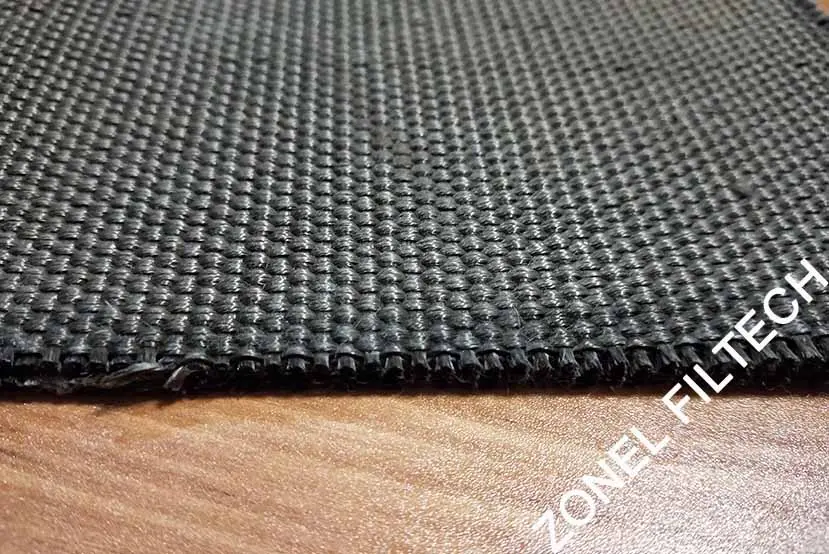Air slide fabric is a critical component in pneumatic conveying systems, which are employed across various industries to transport bulk materials efficiently.
This permeable textile material allows air to pass through it, enabling the gravity-based movement of powders and granules, such as cement, grains, and chemicals. Installed in air slide conveyors or bins, it supports the formation of an air film beneath materials, allowing them to flow smoothly with minimal friction and wear.
Table of Contents
ToggleBenefits of Air Slide Fabrics
Using air slide fabrics brings several significant advantages to industrial operations:
Reduced Maintenance Costs: By reducing reliance on mechanical conveyors, which are prone to wear and require frequent repairs, air slide fabrics cut down on maintenance efforts and costs.
Energy Efficiency: Air slide systems utilize the natural force of gravity, aided by minimal air pressure, making them far more energy-efficient than mechanical conveying systems, which rely on motors and mechanical parts.
Environmental Impact: These systems are completely enclosed, which significantly reduces dust and particulate emissions. This containment is crucial in industries like cement production and mining, where dust can be a major environmental and health hazard.
Improved Material Handling: The gentle transportation method prevents the breakdown of materials, preserving their quality and integrity, which is especially important for sensitive materials like fine chemicals and food products.
Types of Air Slide Fabrics
Each type of air slide fabric offers unique properties suited to different industrial requirements:

Polyester Air Slide Fabric
Polyester air slide fabric is highly valued in various industries for its excellent durability, moisture resistance, and air permeability. It is particularly effective in environments like the cement and food industries, where conditions involve moderate temperatures. Its ability to resist wear and abrasion ensures long-lasting performance, while its low moisture absorption and high air permeability facilitate smooth and consistent material flow.
Aramid (Nomex) Air Slide Fabric
Aramid fibers like Nomex are chosen for their ability to withstand high temperatures, superior strength, and chemical resistance, making them ideal for demanding environments such as cement manufacturing and metal processing. These properties ensure that aramid air slide fabrics can handle the intense conditions and materials typically encountered in these industries, maintaining integrity and performance even under extreme heat and harsh chemical exposures.

Basalt Air Slide Fabric
Basalt fabric is renowned for its exceptional thermal resistance and durability, making it suitable for extreme conditions such as metal smelting and power generation. Its robustness against physical and chemical wear, coupled with its ability to perform in fluctuating temperatures and corrosive environments, ensures it can withstand the intense demands of high-temperature operations, extending its service life in challenging industrial settings.
Polyamide (Nylon) Air Slide Fabric
Polyamide (Nylon) air slide fabric is celebrated for its excellent abrasion resistance and mechanical strength, making it a top choice for handling abrasive materials. Its resilience and durability ensure it can endure the rigors of industries where materials may cause significant wear, such as in mining or recycling facilities. The fabric’s robust properties help maintain the integrity and efficiency of conveying systems under challenging conditions.
Fiberglass Air Slide Fabric
Fiberglass air slide fabric stands out for its superior chemical resistance, vital for sectors dealing with corrosive substances like the chemical processing industry. It also excels in environments that require resistance to high temperatures and aggressive materials. This fabric’s ability to resist chemical degradation and maintain performance over time offers reliability and longevity in harsh industrial applications.
Important Aspects to Evaluate When Selecting Air Slide Fabrics
Choosing the appropriate air slide fabric requires thoughtful evaluation of various factors to guarantee the best performance and durability.
Material Characteristics: Evaluate the properties of the materials to be conveyed, such as their abrasiveness, moisture content, and potential for thermal expansion.
Operating Conditions: Assess the typical and extreme conditions the fabric will face, including temperature ranges and potential exposure to corrosive chemicals or UV light.
System Design: The design of the pneumatic conveying system, including the configuration of conveyor segments and air pressure settings, must be compatible with the chosen fabric to ensure efficiency and prevent system strain.
Regulatory Compliance: Adhering to industry-specific safety and environmental regulations is essential. It is important to select a fabric that conforms to these standards to prevent fines and protect worker safety.
Vendor Reputation: Opt for fabrics from manufacturers known for quality and reliability. Ensure they offer comprehensive data on fabric performance and can provide customer support and guidance.
Conclusion
Choosing the right air slide fabric is more than a technical requirement; it is a strategic decision that influences the operational efficiency, cost-effectiveness, and environmental footprint of industrial processes.
By understanding the various types of fabrics available and considering the specific needs of your application, you can select a solution that not only meets but enhances your production capabilities. As industries shift towards more sustainable methods, the significance of choosing appropriate materials grows increasingly crucial.
